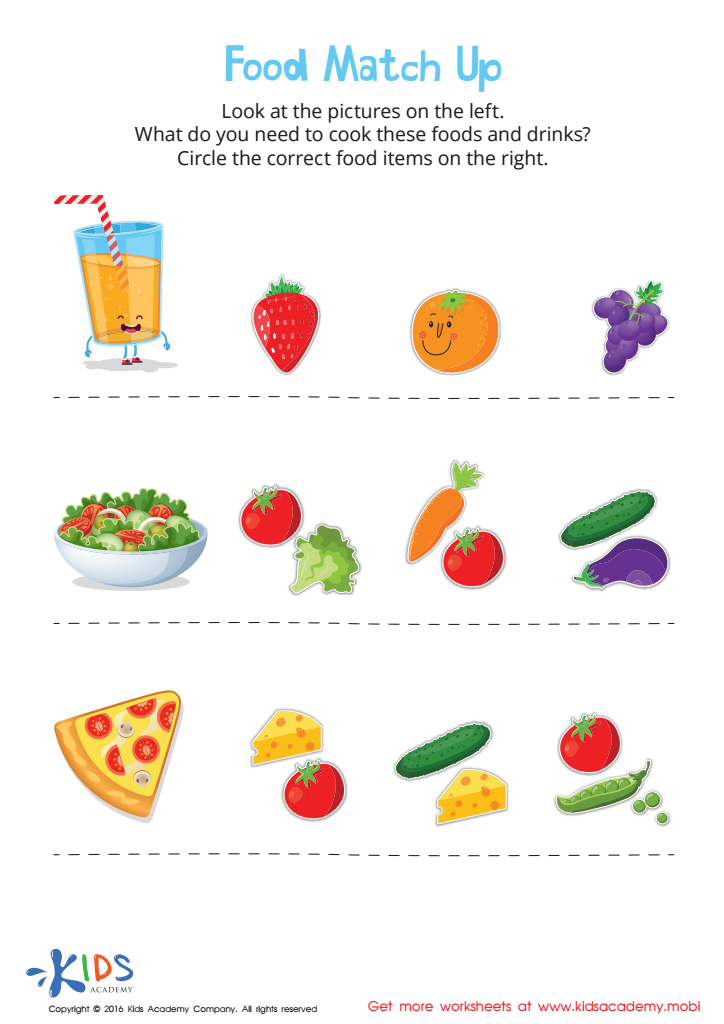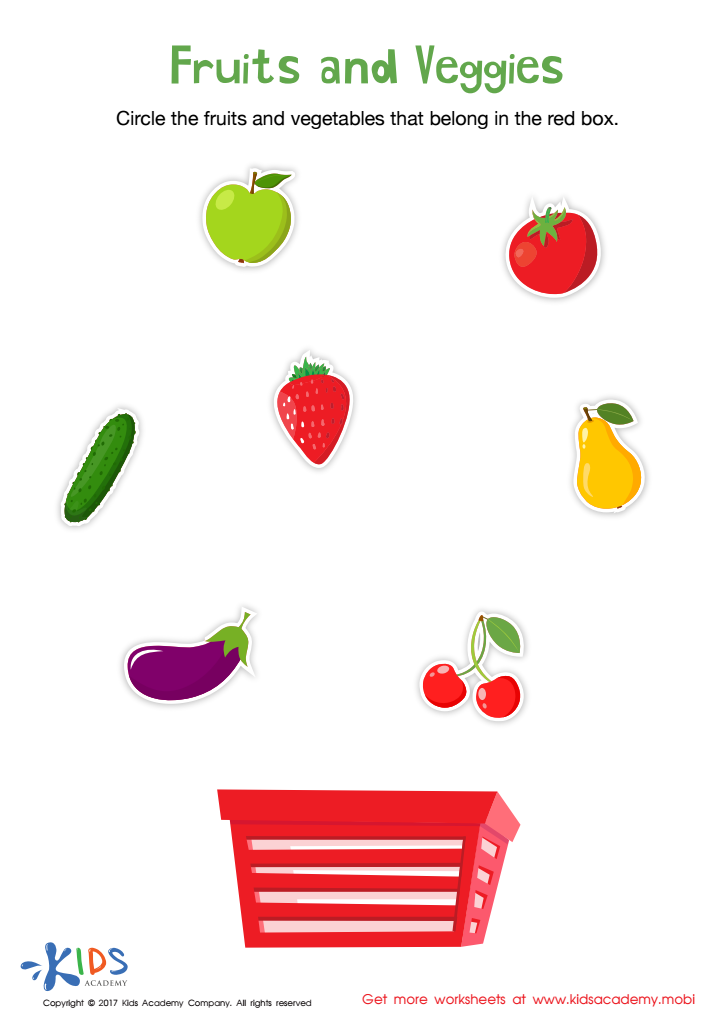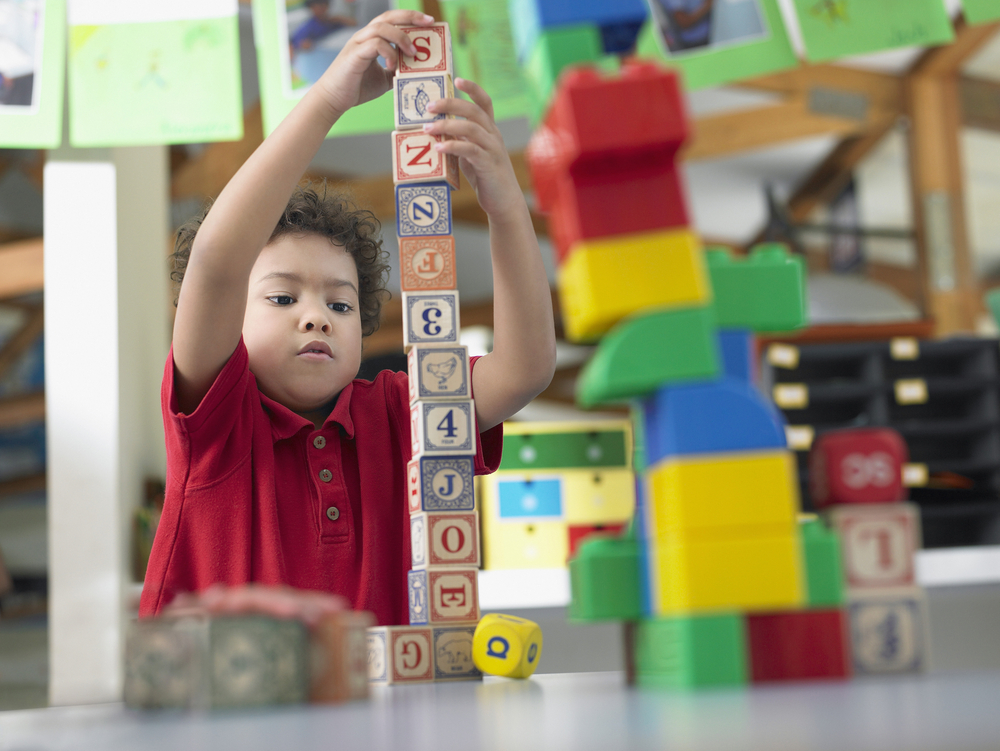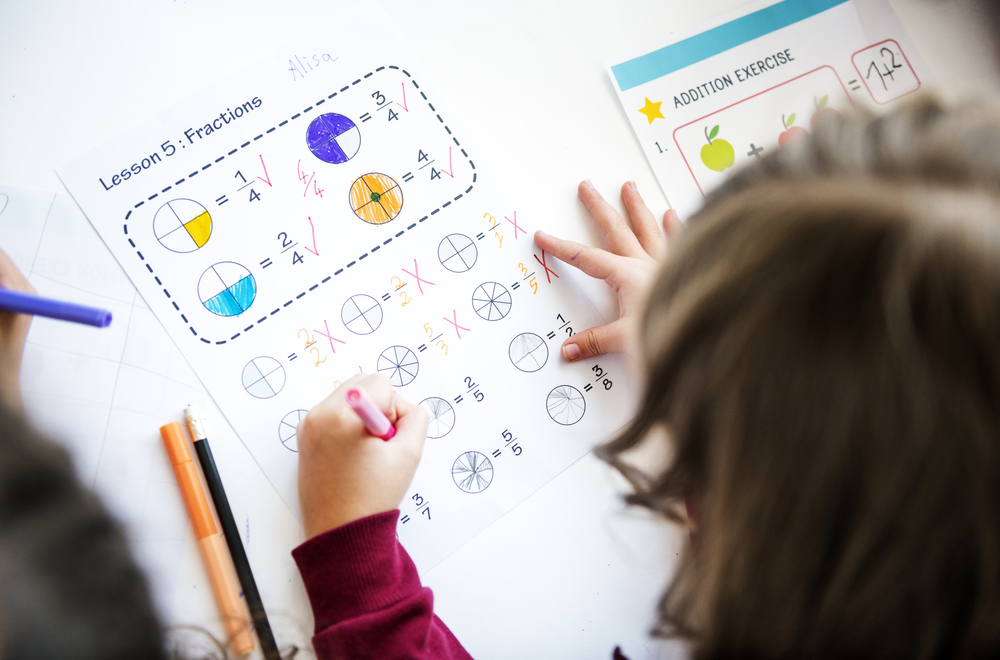Visual discrimination Matching Worksheets for Ages 4-9
3 filtered results
-
From - To
Enhance your child's visual discrimination skills with our engaging matching worksheets designed for ages 4-9. These worksheets provide fun and interactive activities that help young learners identify similarities and differences through visual cues. Perfect for developing critical thinking, focus, and attention to detail, our resources are tailored to support early education. With a variety of colorful illustrations and themes, children will enjoy practicing and mastering essential visual skills while having fun. Whether at home or in the classroom, our visual discrimination matching worksheets promote essential learning and cognitive development. Download and print today to inspire creativity and learning in your young ones!


Food Match Up Worksheet


Silhouettes – Shapes Worksheet
Visual discrimination matching is a crucial skill for children aged 4-9, as it involves the ability to distinguish between different shapes, colors, sizes, and positions. This skill not only underpins early literacy and numeracy but also enhances critical thinking and problem-solving abilities. Parents and teachers should care about this aspect of a child’s development for several reasons.
Firstly, strong visual discrimination skills foster reading readiness. Recognizing letters and words requires the ability to differentiate between similar-looking characters, which is vital for early reading success. Secondly, these skills are foundational for mathematical concepts, such as recognizing patterns and understanding geometry. By mastering visual discrimination, children can also improve their fine motor skills as they engage in activities like tracing and labeling.
Furthermore, visual discrimination plays a pivotal role in social interactions. Being able to recognize and differentiate emotions through facial expressions helps children navigate relationships. Lastly, integrating visual discrimination activities into learning can increase engagement and motivation, making education more interactive and enjoyable.
In summary, prioritizing visual discrimination matching helps build essential skills that contribute to academic achievement and social development, promoting well-rounded “whole-child” learning.

 Assign to My Students
Assign to My Students




















